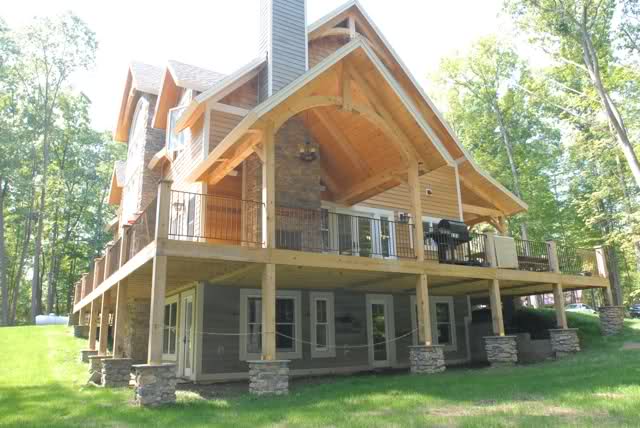In a globally conscious world, energy efficiency has become a top priority for many home builders. Woodhouse is no different. Since its creation in 1979, we have provided beautiful yet sustainable timber frame homes. When Steve Keller first created Woodhouse, he began with a different name: Solar Northern, Inc. That name alone tells you that even 30 years ago, solar energy was a priority in our design.
Many people shy away from solar energy just because they don’t fully understand how easy it can be. They may picture big solar panels that can be expensive and unattractive. The type of energy they are thinking of is called active solar energy; but the beauty of passive solar is that it requires no panels or equipment to capture the sun’s energy. Passive solar energy utilizes the relative passage of the sun as a heat source that is readily available and absolutely free.
By positioning your timber frame home to face “solar south,” you can collect the sun’s heat through your windows. The sun’s energy enters through your home’s windows and is captured in the mass of any object or material inside. Since heat has a tendency to equalize itself within a given environment, the heat will re-radiate from one object to the next, until the entire environment is at a certain temperature. Another benefit of southern windows in your living area is that they allow for tons of natural light.
Solar south is different from magnetic south. When the needle on a compass points south, it is being affected by the magnetism of the earth’s core. This is called magnetic declination, and it prevents you from getting an accurate reading of where the sun will be.
To find the solar south that will help you position your timber frame home, try this:
Pick up a local paper for the area you’ll be building your home. Find the sunrise and sunset times for your area. Calculate the time exactly between sunrise and sunset. This time is called solar noon. Go to the site you’d like to place your home and place a large object on the ground at solar noon. The shadow cast by the sun over the object will be north/south.
The more perpendicular the sun’s rays are to the window, the higher the insolation. When the angle of the sun is higher, more heat will be reflected off the glass and not absorbed inside. The sun will be at its lowest point in the sky on the winter solstice. This is why it becomes helpful to find out the angle of the sun during that time, so that obstacles to insolation can be determined. You don’t need to wait around for the winter solstice to arrive in order to calculate the angle. You can simply follow these steps:
- Find your latitude and add 23.5 degrees.
- Subtract that answer from 90.
(This will only work if you are in the Northern hemisphere.)
Of course, there is always the potential for overheating. This could be a big problem in your home during the summer months. This could cause convection loops, where hot air will rise to the top of your home, and cool air will drop. For that reason, the goal is to maximize solar heat on the south of your home, and minimize it on the east and west.
A great example of this consideration for solar design is in the elevation and floor plans of a home recently built in the Finger Lakes region of New York. The home belongs to our very own President, Pat Seaman.

With all of this said, however, you really don’t need to worry about it at all. The Woodhouse design staff and sales staff are very familiar with the process and will determine if your site allows for passive solar orientation and will evolve your design accordingly.
If you have any questions about how we position your timber frame home to maximize its solar energy potential, give Woodhouse a call at 800-227-4311.




